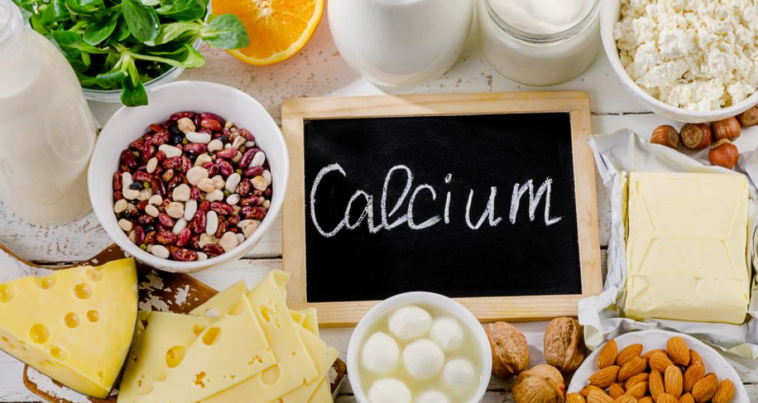According to ANSES, an adult should consume no less than 900 mg of calcium per day. To find them, we culturally and traditionally tend to think that we must favor dairy products and cow’s milk. However, the foods richest in calcium are not necessarily those you think! Indeed, seafood, vegetables and small everyday snacks can also offer this mineral in abundance to cover our daily needs without supplementation. Moreover, they sometimes contain more than milk. This is reminiscent of iron which is not only hidden in meat! Here are the best foods to stock up on calcium and keep shortages and deficiencies at bay.
Milk and dairy products, as excellent sources as we think?
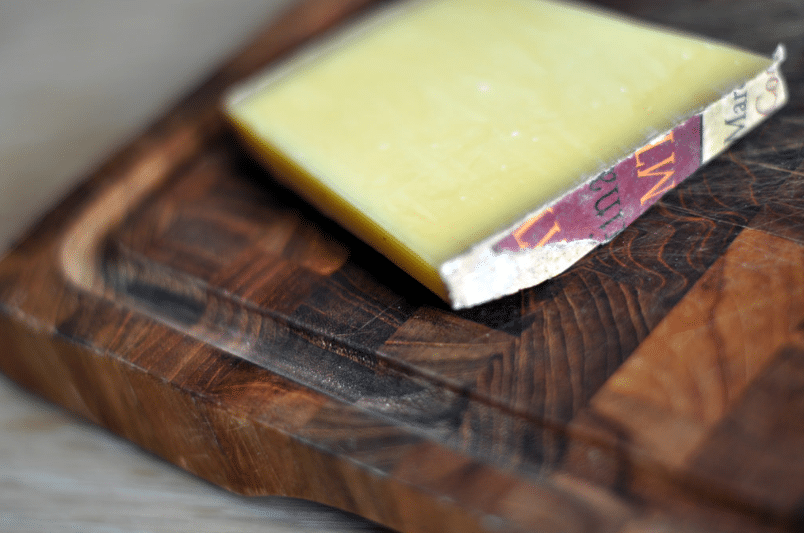
Even within the dairy family, not all foods are equal in terms of calcium content. If we take UHT milk as a basis, we must count 112 mg of calcium per 100 g. However, this dosage is quickly exceeded by natural yogurt (138 mg/100 g), cottage cheese (113 mg/100 g) or mature cheeses. Grana padano and parmesan contain 10 times more calcium than milk and are shortly followed by Gruyère, Emmental and Comté. Other characterful cheeses (Reblochon, Bleu d’Auvergne, Roquefort or Saint-Nectaire) range between 600 and 800 mg/100 g. For fun, let’s talk about our little summer treat: ice cream which still peaks at 104 mg (still per 100 g)!
In short, milk is quickly outdated and this trend continues with the list below! And in addition, the body does not absorb it completely : from a glass of milk containing 300 mg of calcium, the body will only absorb 90 mg! One more reason to diversify your diet et vary the sources of this mineral.
1) Seaweed among the foods containing the most calcium
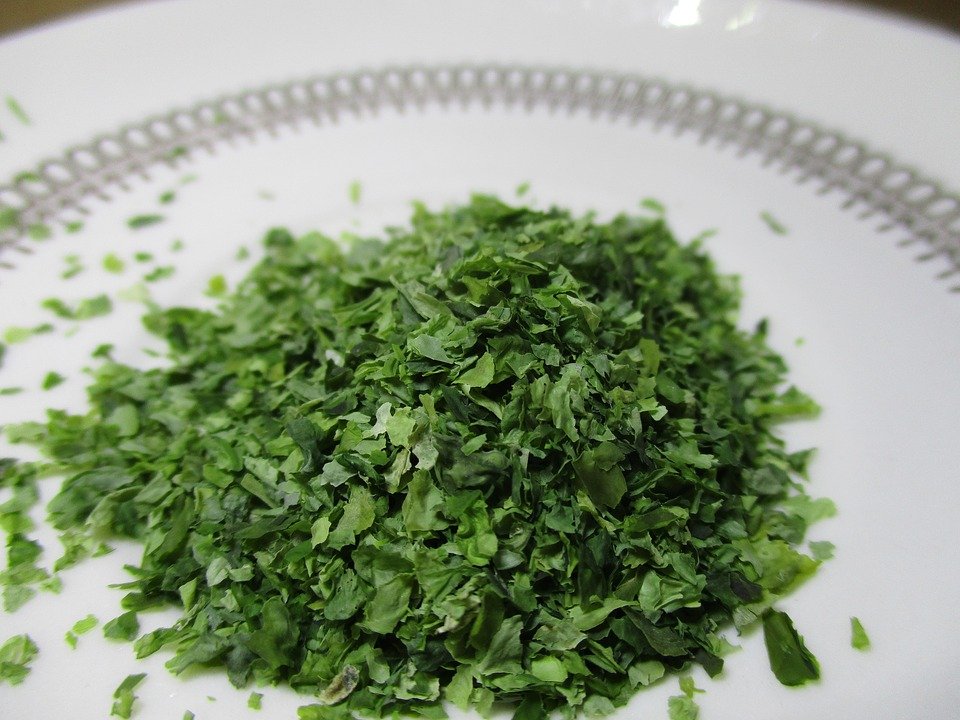
Still little known, algae are privileged sources of minerals. They notably offer a high dose of calcium. Among the algae most generous in calcium, we find in order:
- Knotted ascophyll or black seaweed (1650 mg/100 g)
- Then the ao-nori
- Followed by the ogonori
- Sea lettuce
- And finally the famous baké (1000 mg/100 g)
2) Aromatic herbs and spices, surprise sources of minerals
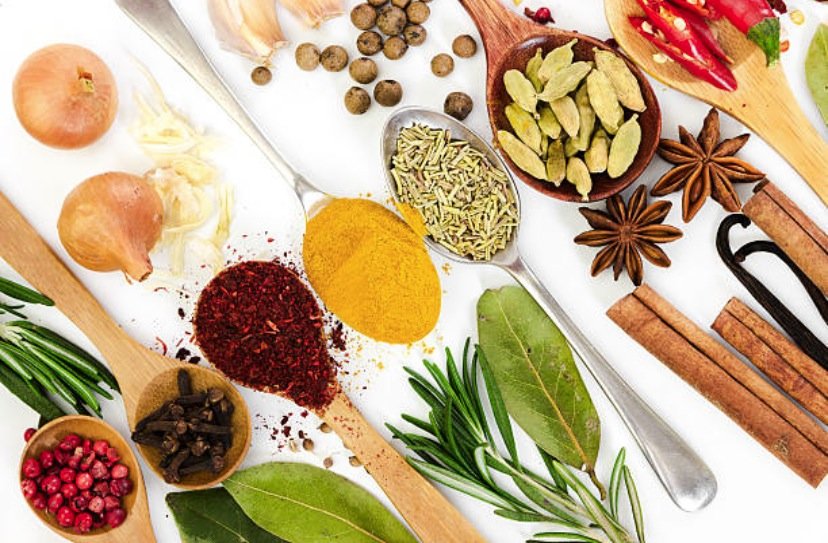
We don’t expect to find calcium there… and yet! Note, however, that if dried basil contains 2240 mg, thyme 1260 mg or cinnamon 1080 mg per 100 g, it is however rare that we ingest such quantities every day… Also, these are just nice additions to sprinkle on a daily basis. on a varied diet! Here, we therefore find:
- Dried basil
- Dried savory
- Meloukhia
- Dried marjoram
- Dried thyme and fresh thyme (dried thyme contains more)
- Herbs of Provence
- Cinnamon
- Cumin
- Pepper
- Oregano
- Parsley
3) Fish and seafood, other foods generous in calcium
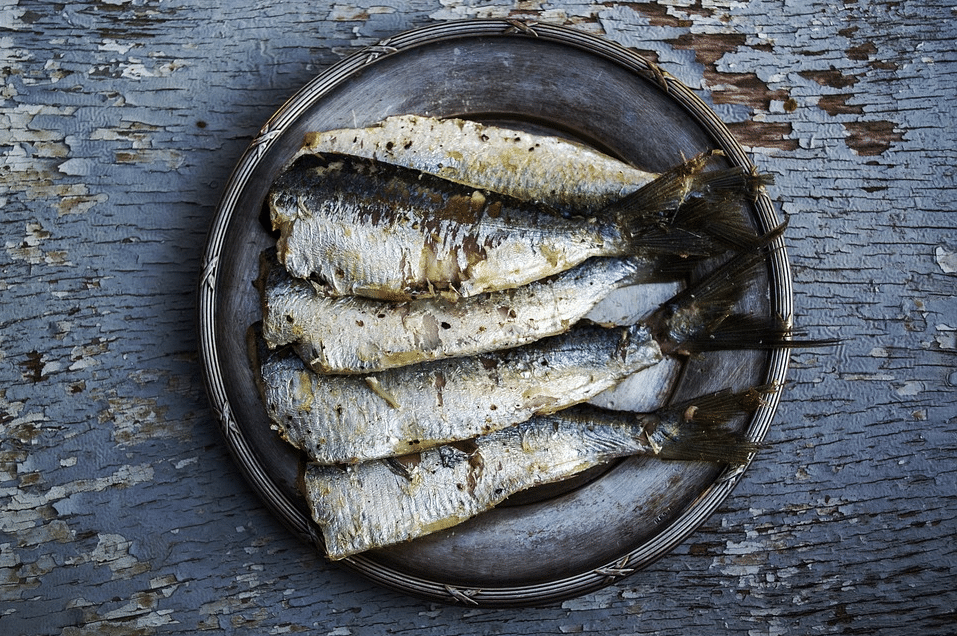
They are known for their contribution of omega-3. That said, seafood products (fish and seafood) also often provide many minerals and good nutrients: vitamin B12, potassium, phosphorus, selenium, vitamin D, etc. And of course, they also have calcium in reserve. In order, here are some notable good sources:
- Sardine in oil (798 mg/100 g)
- Salmon
- Shrimp
- Langoustines
- Anchovy
- Scallops
- Sole in the oven
- Daurade (100 mg/100 g)
4) Tofu, a good one on this list of foods rich in calcium
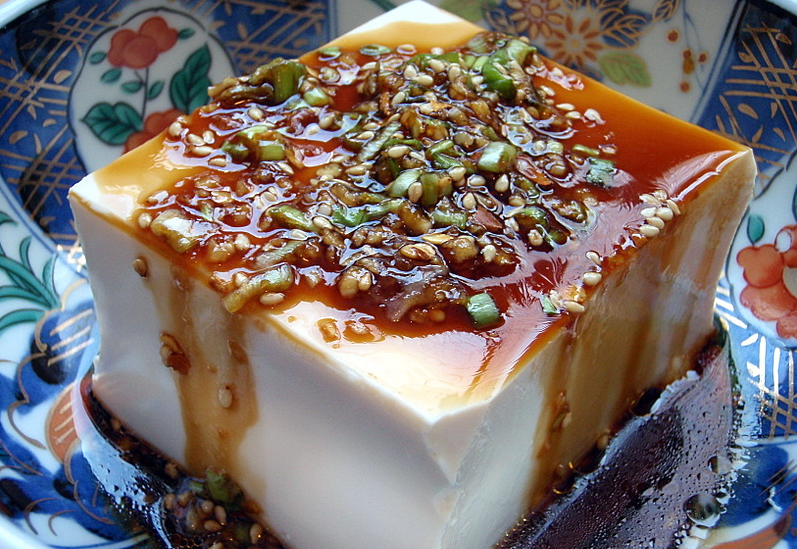
Low in calories and rich in protein, tofu easily makes us forget the 150 mg of calcium in chicken eggs. Indeed, this basic of Asian and vegetarian food offers no less than 350 mg pour 100 g. Enough to make you want to look into his case!
5) Dried fruits do not have to be ashamed of their calcium intake
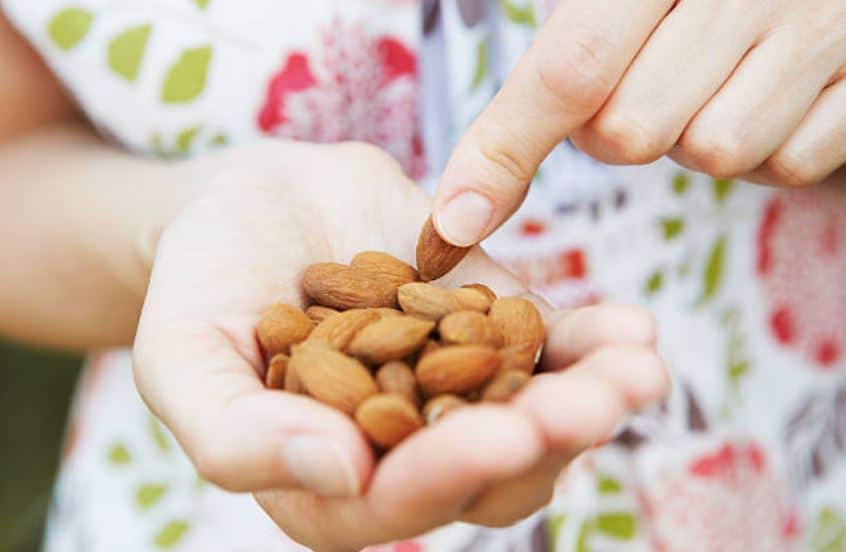
As with herbs, we rarely eat 100g of almonds every day! However, this allows eat calcium as a snack and calm all the little cravings during the day. This will of course be supplemented with other foods rich in calcium in this list. In the pantheon of dried fruits that contain this mineral, there are:
- Toasted almond (250 mg/100 g)
- Then the Brazil nuts
- But also hazelnut
- And the pistachios
In the same department, dried figs provide 167 mg/100 g! As for raisins, they provide 65 mg/100 g, which is just below nuts (70 mg).


